The successor of Planet 3, Planet 4 is the codename for the complete redesign of Greenpeace’s global content management system (CMS).
Ultimately built on WordPress, P4 was initially conceived not only as a tool to publish and manage web content, but to drive people to action.
It took the international team around 3 years to build the concept, design and implement P4 in more than 41 websites, this page contains the P4 story.
History
In May 2010 Greenpeace International completed the rollout of the a web Content Management System (CMS), codename Planet 3, which was then adopted by 21 of 27 NROs. Planet 3 has been in operation for 7 years and in 2016 was at the end of its software lifecycle, requiring a large upgrade.
The Planet 4 project was initiated to analyse our users’ changed functional needs and the current overall software landscape in Greenpeace and deliver a new global greenpeace.org website with the required people, processes and tools to implement and maintain P4.
The objective of the project was to deliver a new global website and publishing platform, including a new user experience and the structure to enable collaborative development with NRO’s. This includes managing the migration schedule of NRO websites and decommissioning of the old platform, but excludes the actual migration work that should be done by NRO’s.
In order to do this we need a team responsible for the initial development and rollout and the ongoing development and maintenance of the platform. It is foreseen that after the Planet 4 project the team also takes responsibility for development of other (engagement) systems.
For more background info, please check the Greennet page. This page is only accessible to Greenpeace staff.
Vision
Planet 4, Greenpeace’s global content management system (CMS), is the engagement platform that has the potential to interface with the most people. It is how we can deliver the critical information of why people should lend their energy, their creativity, their resources to Greenpeace’s work. It must be first and foremost focused on how we build people power whenever people visit our web properties.
Our thesis is that engagement will be most successful when we present ourselves to our supporters and our potential supporters through a clear representation of our values, with a clear proposition for why we exist, how people can become change agents through our work, and what we need them to do right now.
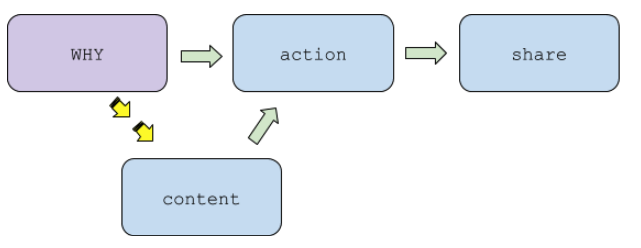
Project Roadmap
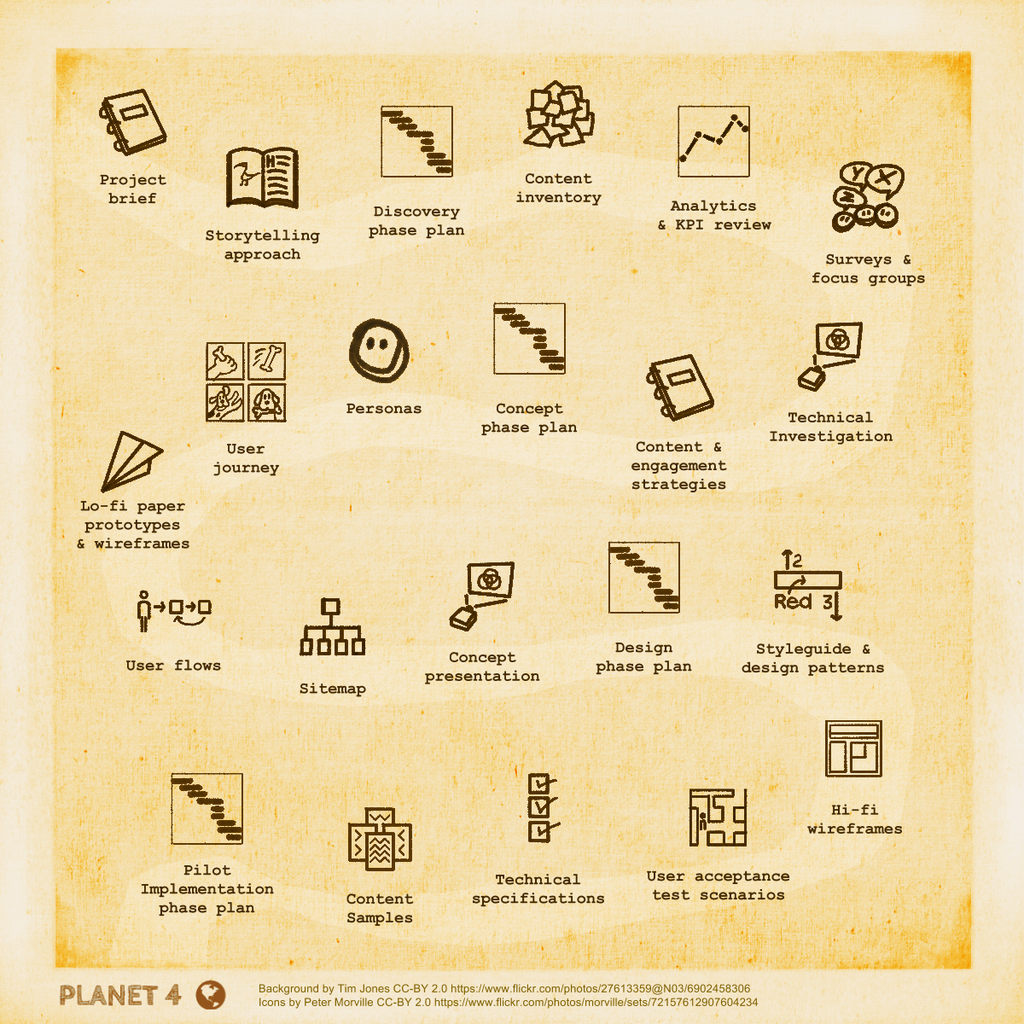
The Project was split into five phases to the delivery of the first new Greenpeace.org site. More info in the Planet 4 Treasure Map.
Here’s the Planet 4 project phases:
- Discovery: In this phase, the focus has been surveying Greenpeace.org users and consolidating our analytics data to define the functional and technical requirements.
- Concept: With the help of the data collected during the discovery, we used this phase to discuss new ideas that improve the user experience and visualise them using prototypes.
- Design: During this phase we built a clear picture of the new visual language as well as the details of the technical approach. Additionally, we focused on the content for the pilot site.
- Development: The team built a first version based on the blueprints produced in the design phase. Design, content and specifications got iterated where needed.
- Pilot site rollout: Launches of the first site(s) and follow up development and design improvements based on test results.
A more complete project definition is available in our Project Baseline Document, which contains more information about the scope, the constraints, the expected team roles and structure, etc.
Discovery
The main objectives of the Discovery phase has been to gather data to be able to make decisions during the next phase of the project.
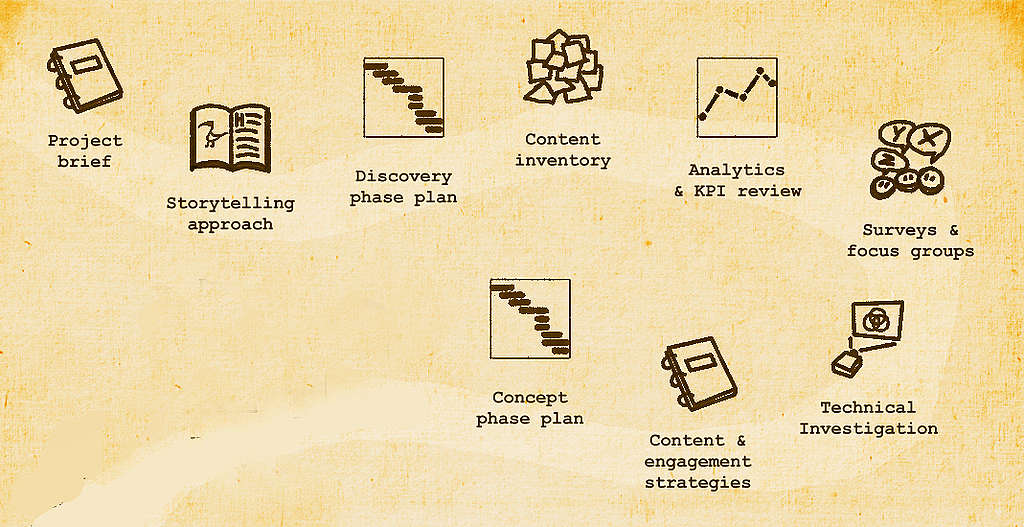
- Analytics Review and KPI Selection: Michael and Pasquale led this stream, which answered the questions “what can we measure?”, “what do we want to measure?” and “how are we doing right now?”. They looked at indicators such as conversion and retention rates. Click here for a full stream introduction and a lot more information.
- Content Inventory & Audit: Before making a change to the sitemap and content, we needed to have a careful look at what was already there! The content inventory will answer the question “what is there?” on the website and the audit “is it good?” as per Greenpeace new storytelling approach. We looked at any major differences between our global web sites in terms of sitemap or messaging. Ksenia and Kelli led this stream, and more info are available for you by clicking here.
- Content Strategy & Story : We will build on the existing work done by Greenpeace storytelling team to define what it means for the website. This will result in best practices and concrete guidelines, in the form of a “content and engagement strategy” document. This piece of work has been led by Laura and Tsering, and you can access the full overview and links to all related resources.
- Surveys and Focus Groups: We designed and built surveys to directly ask users their opinion on the future of our online presence. Focus groups helped answer “is it really what you need?” e.g. give us an additional insight in the survey data results. Remy led this stream, with the help of Rebecca, Cody, Nadav and volunteers from all over the world. Have a look at the surveys we will be sending out in the next months.
- Technical Investigation: Kevin and his team of techs started looking into “how are we going to build it?”. This first draft explored the different architectural choices and proposed draft processes for development, testing, deployment, hosting. They also looked at the options for integration with other engagement systems. Full background and resources are available here.
You can find more information about the deliverables and approach in the Discovery Stage Plan document.
A full FAQ on this phase is also available.
Concept
>> The Planet 4 Concept is available <<
- the recorded webinar in which Laura presented it;
- the full Planet 4 Concept slide deck;
- the methodology with which feedback is being gathered and converted into action;
- The full FAQs on this initial Concept
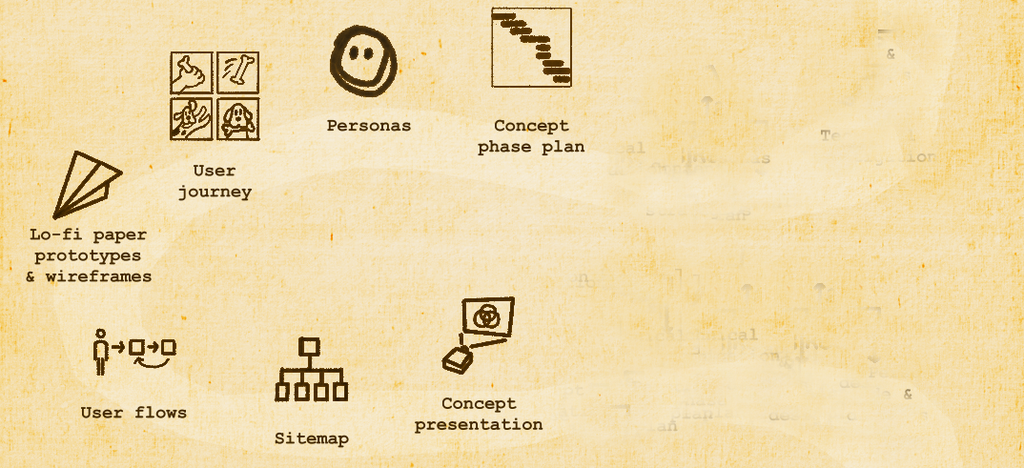
The main objective of the Concept phase was to create ideas and refine them into concepts using the outcome of the Discovery phase. These ideas will then help form the final design during the next phase of the project. Such concept phase is needed to make sure we design a product with the needs of our end users in mind, in alignment with the organisation strategy.
- The Design Track: create personas, archetypes and user journeys, visualise and iterate through new ideas using low-fidelity (low-fi) prototypes and wireframes.
- The Technical Track: Starting from the outcomes of the technical investigation, perform a deep technical analysis: review WordPress modules and themes, as well as 3rd party apps and APIs Planet 4 could integrate with. We also had a look at infrastructure performance and development tools that will help us structure the final product delivery.
- The Focus Groups and Analytics Tracks: We will continue with multiple internal streams, crucial preparatory pieces of website migrations and implementations. We interviewed Greenpeace colleagues’ worldwide, to identify roles and permissions, 3rd party integrations, migration or archiving tools and scripts, workflows, training needs and resources they require to get onboard Planet 4 as effectively as possible. We also explored how we will consolidate and analyse the KPIs we identified in the Discovery Phase, which templates will make this easier and which can be our first rough targets.
You can find more information about the deliverables and approach in the Concept Stage Plan document.
Audiences & personas
Stewards
Concerned about future generations and feel guilty for not doing more, want to set a good example. Internally motivated and have both expertise and (some) time to give. Regularly read environmental news, sign online petitions from time to time when they come via emails, but unsure of impact.
Goal(s): Leave their (and others’) children a healthy planet and improve the larger community.
Connected Evangelists
Thoughtful progressive beliefs based on widely accepted facts. Regularly share articles and post political opinions on social media. May engage in online debate. Feel strongly about ideas and want to enlighten others.
Goals: Share beliefs with reliable data. Validate beliefs
Frontline Defenders
Concerned about wages, well being and education of children and elders. On the front line of environmental issues such as water pollution and climate change. May be active in unions, work co-ops, or other community groups. May not think of themselves as “environmentalists” or know about organizations like Greenpeace.
Goals: Fix a specific issue; stand up, protect and confront egregious wrongdoing.
Webbies
Concerned about the consistency, accuracy and functionality of the website. They might be campaigners, storytellers, media officers, or developers. They want control as editors, instead of handing things off to other people to produce.
Goals: follow guidelines to publish on behalf of GP
These three archetypes illustrate our initial audience for the Planet 4 project. Please read the Who are we designing for? Medium post to understand how these archetypes were selected. There are a number of documents linked from that article, all of which can be found in this folder. As we conduct interviews and learn more about what people need and want from Greenpeace web presences, these archetypes may change.
A full FAQ on this phase is also available.
Design
>> The Planet 4 DESIGN (aka “Shedding Light“) is available <<
The main objective of the third project phase was to turn concepts and preparatory work into a clear picture of the user experience, the Planet 4 visual language, the complete technical approach and the performance measurement prototype.
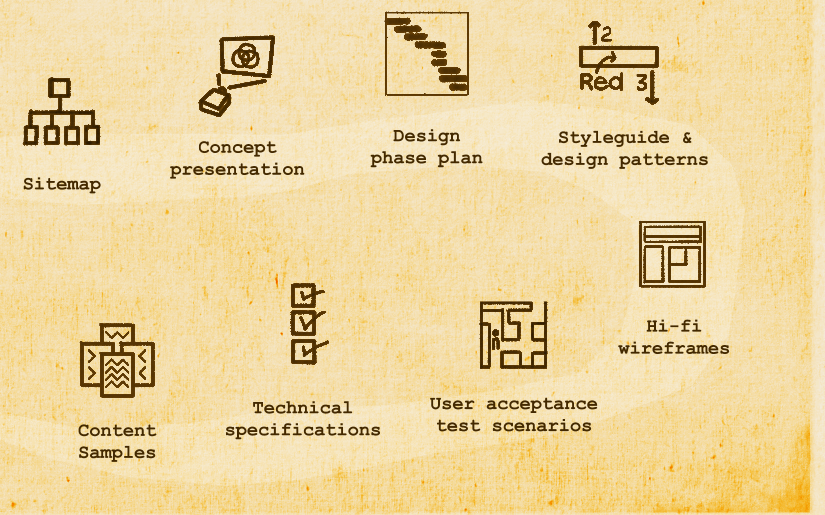
- The Design Track: create Design style tile, to get stakeholder agreement of fonts, colours and interface elements. Create an extensible and modular style guide with the style tile, reusable design patterns library, recommendations on logo, colours and typography usage. Develop hi-fi wireframes and design sample content.
- The Technical Track: Perform functional, technical and security reviews of WordPress modules to support the implementation of the user stories. Develop an integration strategy, test and automate themes, modules and WordPress core updates and deployments.
- The KPI & Analytics track: Consolidate benchmark for Planet 3 VS Planet 4 comparison. Propose processes and methodology to track, consolidate and analyze globally approved KPIs using Google Analytics and any complementary tools.
You can find more information about the deliverables and approach in the Design Stage Plan document.
Development
The main objective of the fourth project phase is to turn visual design into the actual first iteration of Planet 4: the prototype, which will be the Greenpeace International website.
- The Technical team will be working through the complete list of the minimum viable product (MVP) issues, building the platform on a WordPress codebase.
- The Design team will progressively iterate visuals based on the tech’s needs and requirements.
- The GPI Implementation team will adapt and create the content for the new website, following the Planet 4 Content model.
- The Project Management team will work on the Handbook and prepare the implementation phase, which will start with Greenpeace Greece and proceed with all the remaining offices throughout 2018.
You can find more information about the deliverables and approach in the Prototype Development Stage Plan document.
Links & Resources
- Key documentation
- Handbook
- P4 Vision & Design
- Technology introduction
- Community
- Improve P4 (features, ideas & co-development..)

![[1]](https://wiki.greenpeace.org/images/thumb/8/8c/P4-Live.png/500px-P4-Live.png)